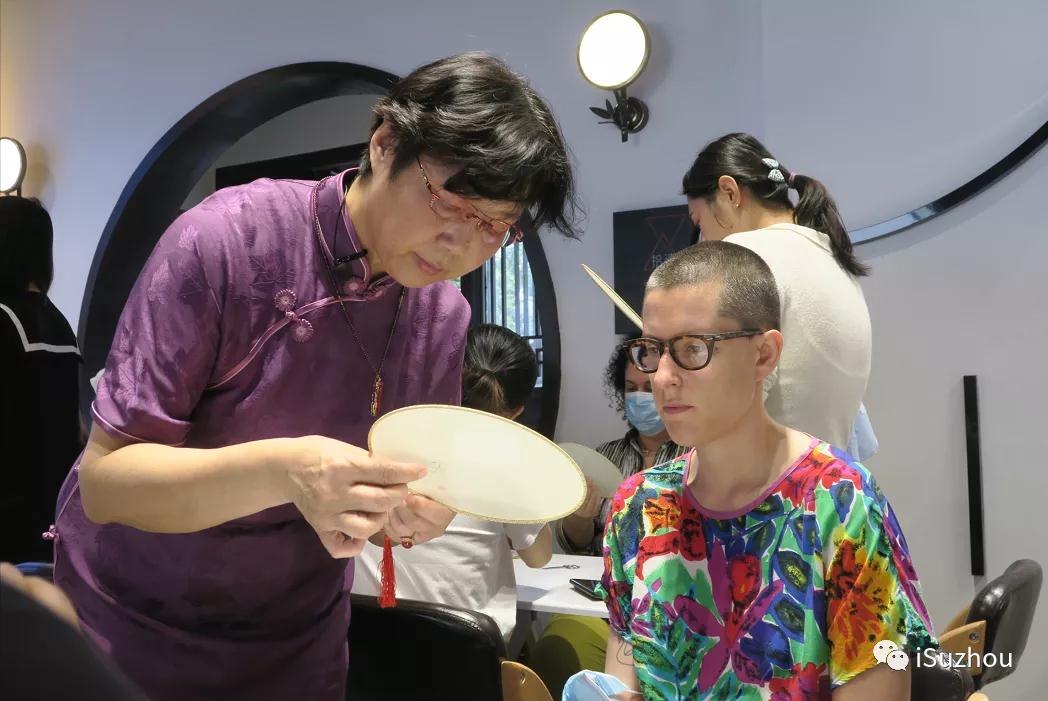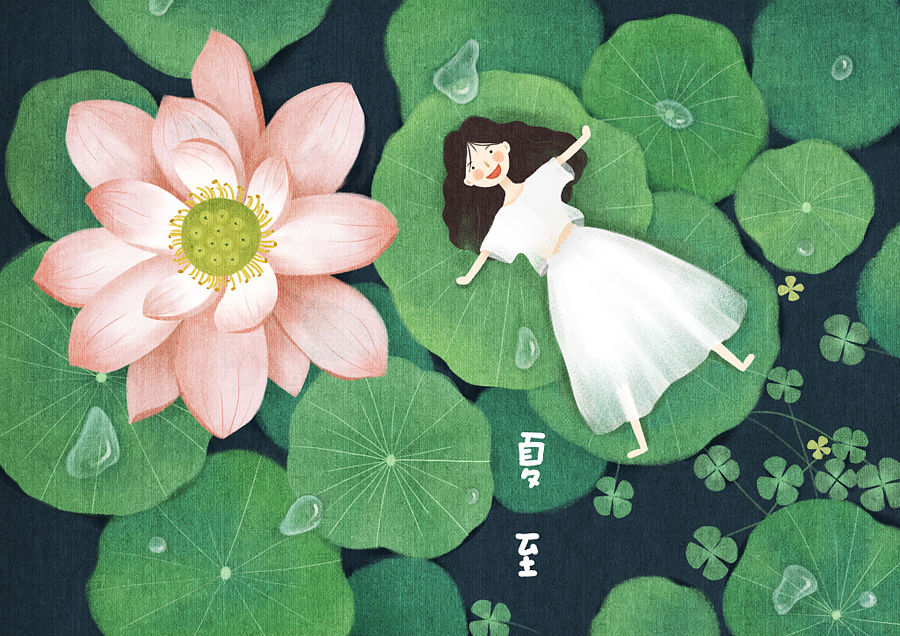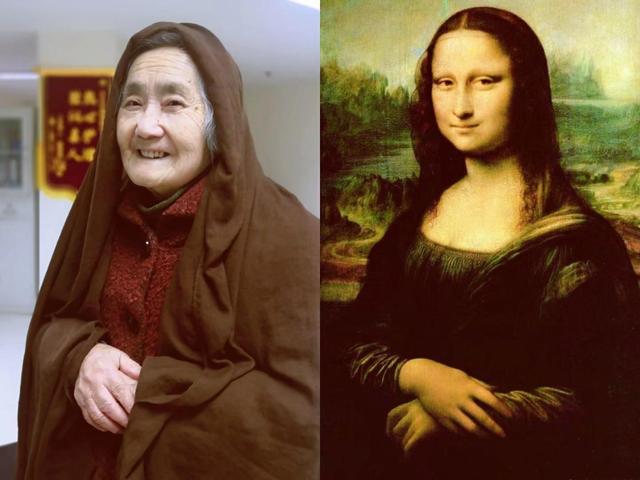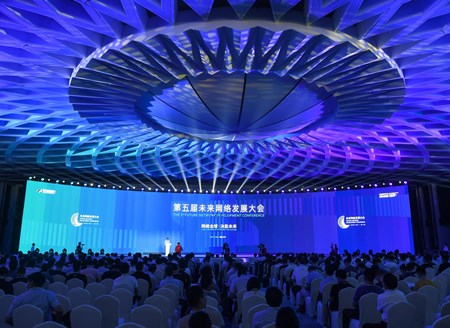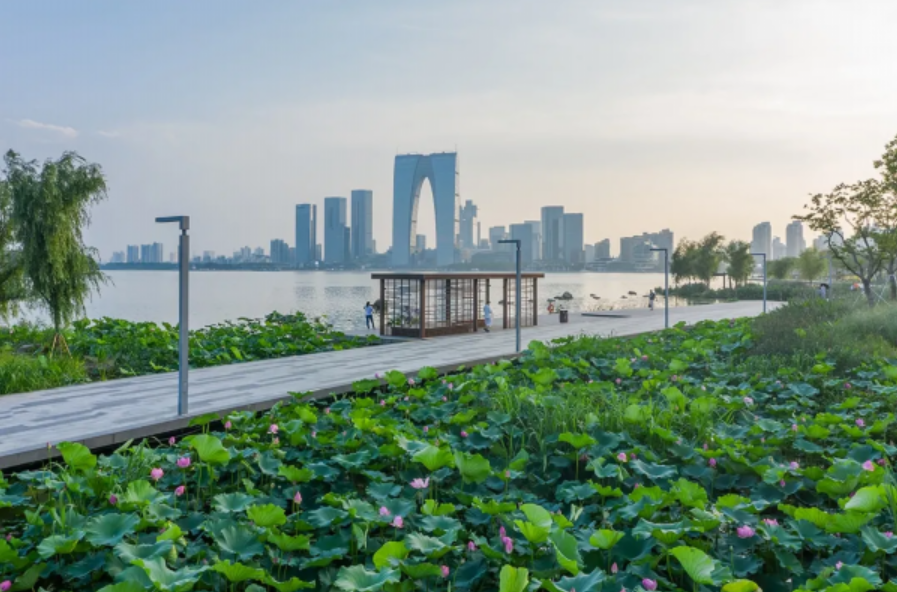Last Saturday, Suzhou Hair Embroidery, another provincial-level Intangible Cultural Heritage (ICH) of Jiangsu Province, came to Suzhou ICH Shop. Nearly 20 Chinese and foreign guests attended the experience event hosted by Restoration Intangible Cultural Heritage Experiential Studio to feel the charm of this traditional Chinese handicraft.

The origin of hair embroidery can be traced back to the Tang Dynasty (A.D. 618 - 907). The hair embroiderer usually sketches out the patter with an ink marker, and then works on the cloth with hair instead of thread using various stitch techniques such as rolling, winding, cutting, pinning, etc. Suzhou Hair Embroidery was included in the Jiangsu Provincial Intangible Cultural Heritage (ICH) List in 2016.

“To produce hair embroidery, three steps must be taken. First, the long hair of a young girl is collected, washed and dyed different colors using chemical treatments. Finally, the colored hair is used as thread to embroider a woven textile.”Ms. Zhou Yinghua (周莹华), Suzhou’s city-level representative inheritor of hair embroidery, and hair embroidery teacher Ms. Guo Xiaoqi (郭晓琪) introduced the hair art from various aspects such as its origin, characteristics, embroidering process and appreciation.


When they tried to make hair embroidery fans by themselves, the participants, all beginners of hair embroidery, felt it quite challenging to work out the pattern of a bottle gourd, which is already an easier task for new hands.

Zhou and Guo patiently instructed their students how to do the rolling stitch, how to tie a knot, how to start embroidering and how to join hair threads. Some of them even used their own hair as the thread, which renders the embroidery works more meaningful as human hair contains personal DNA and never fades.

Katherine was the first to complete her hair embroidery fan. “I did the embroidery before. The biggest difference is that I used thread which is much thicker and the stitch didn’t overlap like the way we do it today.” Katherine said and displayed her work, “Thanks! Hope to come to more workshops!”

On the same day, over 2,000 online viewers joined in the event via short video platform Douyin (抖音). What kind of ICH experience workshop will the Restoration Studio bring us this week? Please stay tuned!
